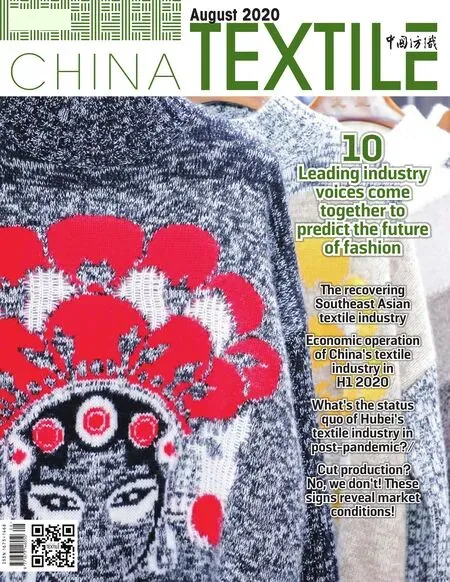Vietnam market demand will resume, but the whole year exports may fall
Compared with Europe and the United States as well as other countries, the pandemic was once well under control in Vietnam. According to the information provided by the Vietnam Cotton Yarn Association, Vinatex said that market demand will resume from the third quarter of this year, and it is expected that textile and apparel exports for the whole year of 2020 may fall by 20% compared with 2019.
In the first four months of this year, Vietnam’s textile and apparel exports amounted to only USD 10.63 billion, down 6.6% from the same period in 2019. Imports were also only USD 6.39 billion, down 8.76% from the same period in 2019. However, according to statistics from the General Administration of Customs of Vietnam,in June, 100 Vietnamese companies exported a total of 236 million medical masks, an increase of 30% from the previous month. In the first half of the year, a total of 557 million medical masks were exported. Te production of protective products provide Vietnam with a opportunity to revitalize their economy.
Te ability to restore advanced products depends on the creating new jobs by the EU and the United States. If the recovery is good, the recovery of high-end commodities for Christmas in 2020 is possible. Demand will start to recover from the third quarter of 2020, starting with basic products and low prices. Companies with a better position in the supply chain will have orders first.
With the advantage of cheap labor, the textile industry has become the third pillar industry of Vietnam’s exports, and Vietnam has also become the world’s third largest exporter of textiles and clothing, second only to China and India. Statistics show that Vietnam’s total textile exports in 2019 reached USD 39 billion. Among them,the European and American markets are important markets for Vietnam’s textile exports.
For Vietnam’s textile and apparel industry exports,Vinatex believes that market demand is unlikely to return to pre-pandemic levels. In the short term, the textile and apparel industry will continue to have insufficient orders.It is expected that the annual export may fall by 20%compared with 2019.
Since the COVID-19 outbreak, Vietnam, as the world’s third largest textile exporter, has suffered heavy losses due to the loss of textile orders. In order to meet the needs of pandemic prevention, Vietnam has continuously expanded the production capacity of masks and regarded it as one of the measures for textile companies to diversify their operations, increase exports, and overcome difficulties. Since April, as the pandemic in Vietnam has been better controlled, the export of masks has risen sharply. In April and May, 140 million and 182 million medical masks were exported respectively. Countries and regions such as the United States, Germany, Singapore and South Korea are the main markets for Vietnam’s mask exports.
However, experts said that although Vietnam has advantages in the production scale of the textile industry, there are still obvious shortcomings in the industrial chain, such as the lack of the ability to produce raw materials, and the need to import large quantities from abroad every year.
- China Textile的其它文章
- Dear readers:
- The rise of live streaming, the boom of e-commerce
- 10 Leading industry voices come together to predict the future of fashion
- Hear the voices of the world
- The recovering Southeast Asian textile industry
- How about the textile and apparel industry in Cambodia, Myanmar, Laos and Thailand in the first half of the year?

